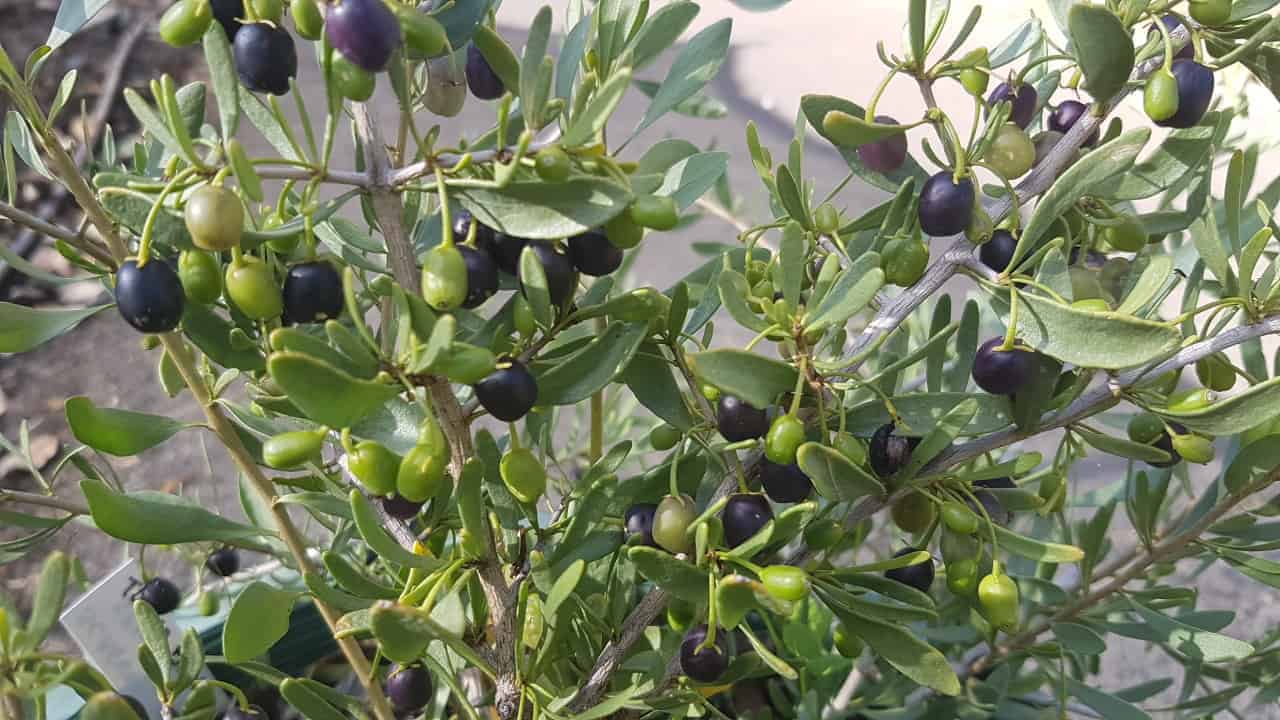Maroon Bush
Scaevola spinescens
Maroon Bush (aka. Currant Bush) is nicknamed the “prickly fan flower” for its prickly foliage, fan-shaped flowers and fan-like growth. It features in Aboriginal bush medicine as a treatment for cancer, heart disease, intestinal conditions, kidney and urinary conditions, and general illness. A hardy dry-weather shrub, Maroon Bush can be found in semi-arid sand plains and scrublands throughout every state except Tasmania and Victoria.
Most commonly consumed as tea, the leaves, flowers and berries of this plant can be simmered (covered) in water for up to 40 minutes, then left to cool overnight before straining and drinking. The roots were also infused in water and taken to help with digestive pain. The berries themselves are edible, tasting best when purple-black in colour (ripe).
This species flowers throughout most of the year with small creamy white to yellow blooms, with petals that spread open in a fan-like shape. As the fruit follows flowering, a healthy Maroon Bush should regularly bear a scattering of purple oval berries about 5mm in diameter. Harvest leaves and berries by hand or prune whole branches for the kitchen, but take care as older branches grow spines!
Maroon Bush is a hardy evergreen similar in appearance to rosemary and preferring similar conditions. Choose a full-sun or partly shaded spot with fertile soil that drains easily. Established plants will tolerate drought, sandy soils and some salinity.
Usually growing no bigger than 2m, this bird-attracting bushfood is great for empty spaces, scrub-themed landscapes, hedgerows and even an edible bonsai.
Aboriginal name(s):
- Murin Murin (Noongar)
How often should I prune a Maroon Bush?
In ideal conditions with plenty of water, sunlight and nutrients, a Maroon Bush will grow fairly quickly during warmer weather, providing you with fresh native tea ingredients throughout the year. Prune as needed to keep your kitchen stocked and your plant at the desired size.
Do I need to fertilise a Maroon Bush?
Adapted to sandy soils and arid climates, Maroon Bush doesn’t need much in the way of fertiliser to thrive. However, for a lusher looking, healthier plant, simply add organic slow release fertiliser to the surrounding soil once a year, just after the cold season.
What pests and diseases is Maroon Bush susceptible to?
No known pests and diseases.
For Perth residents, these plants are available for purchase direct from us. Please visit our shop for more details

Suitable for full-sun

Suitable for part-shade

Suitable for pots

Dimensions:
Height 1-2m
Width 1.5m

Tolerates drought

Tolerates sandy soils

Tolerates salt

Fruits from:
Year 1

Bird attracting

Attracts bees & insects

Suitable for gaps

Suitable for hedging/screening


